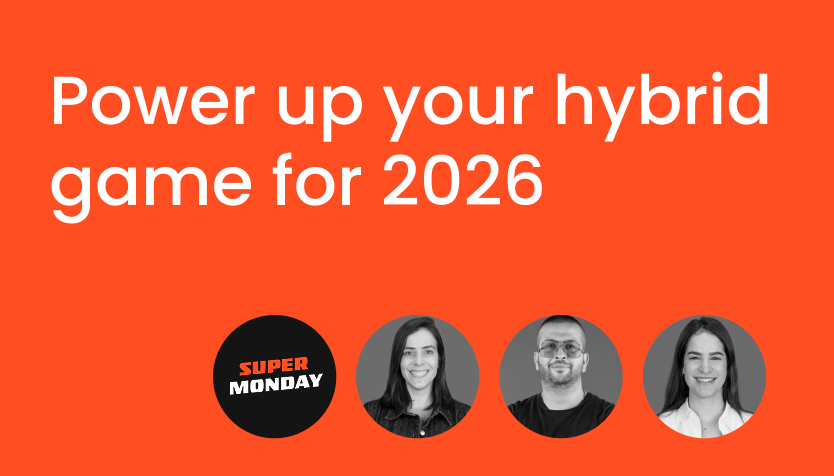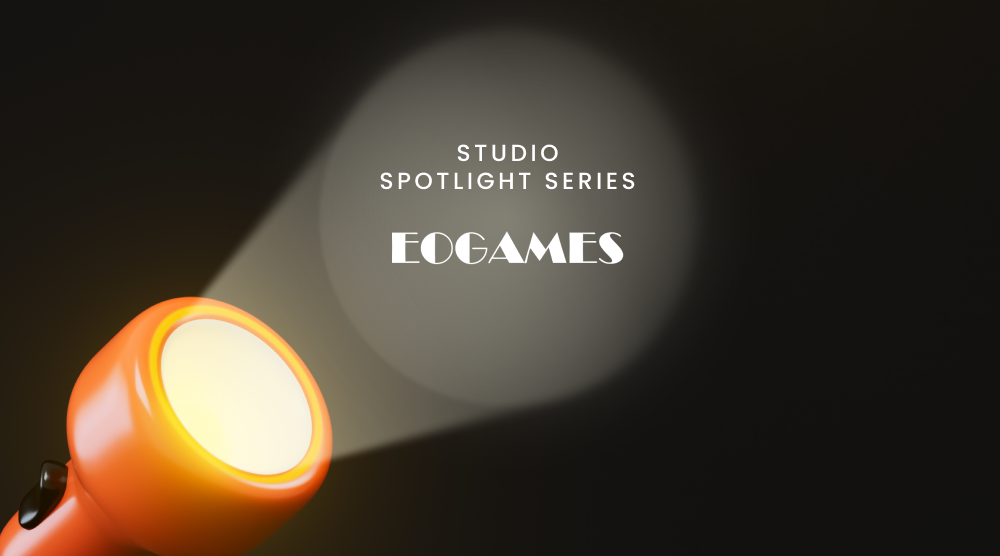Gemo is an independent mobile game studio based in Israel. Read Oz and Eti Maharshaks’ take on why they decided to publish their game Sort It 3D with Supersonic.
Quitting our day jobs
We’ve been developing games for about eight years now. The early ones, which included some multiplayer puzzle games, sadly all drowned in the app stores. It took a while to hit our rhythm but we stuck with it, continuing to develop games on the side. Then, a few years ago, we built a handful of trivia games in Hebrew and they massively succeeded. That’s when we decided to quit our day jobs and start building games full time, using the revenue we generated from the games to fuel our user acquisition campaigns.
Skipping out on publishing
Because we were developing games at a pretty fast rate, we thought it’d be smart to partner with a mobile game publisher. But when we did, it wasn’t what we expected. Ultimately, it didn’t feel like we were true partners, in the way that was important for us. So, we ended the partnership, confident enough in our own growth strategy and knowledge, and understood that moving forward, publishing wasn’t for us.
Partnering with Supersonic Studios
All the while, we were using ironSource tools to manage our growth strategy, and our account managers were continually providing us with best practices for improving our game’s performance.
In the beginning of the year, ironSource pitched us something we didn’t see coming - to come on as the first partner for their new Supersonic Studios publishing arm. Despite our previous decision to not work with a mobile game publisher, we felt a special bond with the Supersonic team, and ultimately decided to join them as partners. There were a couple reasons for this:
- First, having already worked with ironSource, we knew they were a team of mobile gaming experts who knew exactly how to generate massive revenue and scale.
- Second, there was clear transparency and trust. We felt like we’re working towards a shared goal - which is still true today. At no point did they want to overhaul our game or take it away from us. Months in, and we’re still talking daily, investigating problems together, and sharing tips.
The fact that the Supersonic team is so flexible, open-minded, and understanding shows us that this can be a long-term partnership.
Getting Sort It 3D to #1
The weekend that Supersonic officially re-launched Sort It 3D, we made it to number 2 on iOS and Google Play in the US and several other countries. Eventually, we made it to number 1. In fact, Sort It 3D was the #3 most downloaded game in the US for the first 3 months since its launch (February, March, and April), according to App Annie - an amazing achievement considering hyper-casual games typically last just a month or two on the top charts.
Here’s exactly what Supersonic did to make that happen:
- Their gaming team recommended we change our tutorial from a static image to an interactive one, so users could better understand how to play the game right from the start.
- Their game designer made several aesthetic suggestions, such as speeding up the drag movement, so the balls fall quicker into the tubes. The goal here was to play on users’ satisfaction.
- They added in-game currency and a metagame, including collectibles like skins so users would have an additional incentive to play.
- On top of our interstitials, their growth team added multiple rewarded video placements into the core game loop, so that users could watch videos to receive coins and ultimately purchase new skins.
After all this, playtime increased 20% and LTV increased 30% - which is even more impressive considering how much higher our scale had gotten. Now a month after launch, the game reached number 1 in the US - showing no signs of slowing down.
+20%
Playtime
+30%
LTV
#1
iOS and Play Store in the US
Let's put these tips to good use
Publish your game with Supersonic




